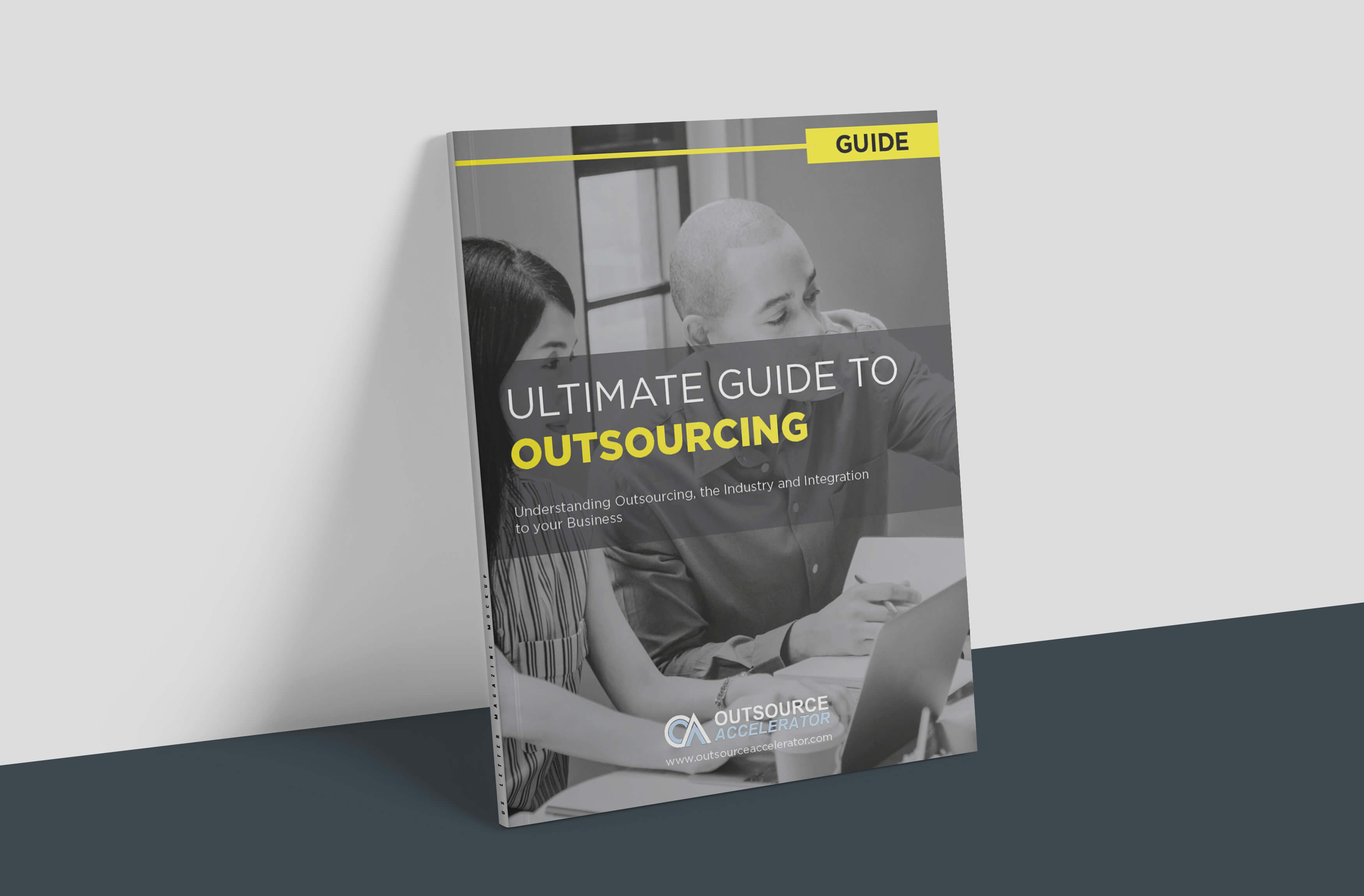How to do small business taxes: Your detailed guide

Paying taxes is a crucial part of running any business, and small businesses are no exception.
For many small business owners, the thought of handling taxes can feel overwhelming, especially when it comes to getting to know the various forms, deadlines, and deductions.
It’s always easy to feel lost when there are so many questions about what to file, how much to pay, and when it’s due. However, staying on top of your tax responsibilities is essential to avoid penalties and keep your business running smoothly.
This article is here to help you go through the complexities of how to do small business taxes with ease.
We’ll break down the steps, tips, and common mistakes to avoid so you can confidently tackle your tax obligations and focus on growing your business.
5 Different small business structures
Before we dive deeper into the taxes, note that various small business structures require different tax forms:
1. Sole proprietorship
A sole proprietorship is the simplest business structure, where the owner and the business are considered one entity for tax purposes. The owner reports business income and expenses on their personal tax return.
The appropriate tax form for a sole proprietorship is Schedule C (Form 1040). This form details profits and losses from the business and is filed along with your personal income tax return.
2. Partnership
A partnership involves two or more people who share ownership and responsibility for the business. Partnerships must file an IRS Form 1065, which reports income, deductions, and profits of the business.
Each partner also receives a Schedule K-1, which breaks down their share of the profits or losses and uses this information to report on their individual tax return.

3. Limited liability company (LLC)
LLCs provide liability protection while allowing flexibility in how they are taxed. By default, a single-member LLC is treated as a sole proprietorship, while a multi-member LLC is taxed like a partnership.
If your LLC is taxed as a sole proprietorship, you’ll file Schedule C (Form 1040). For LLCs taxed as a partnership, the required form is Form 1065.
However, an LLC can also elect to be taxed as a corporation.
4. Corporation (C-Corp)
A C-Corp is a separate legal entity that pays its own taxes. It files Form 1120, which reports its income, deductions, and tax liability.
The corporation’s owners, known as shareholders, also need to report any dividends they receive on their personal tax returns using Form 1040 and Schedule B.
5. S Corporation (S-Corp)
An S-Corp offers the same liability protection as a C-Corp but allows income to pass through to the shareholders to avoid double taxation.
An S-Corp must file Form 1120-S, which reports the business’s income. Shareholders receive Schedule K-1 to report their portion of the income on their individual returns.
Each business type has specific filing requirements, so knowing which form applies to your structure can streamline the process significantly.
7 Common types of small business taxes
Now, small businesses are subject to several forms of taxation, depending on the structure and activities of the business.
Below, we have the seven common types of taxes that small business owners need to be aware of:
1. Income tax
Income tax is one of the most significant taxes for any business. It applies to the profits earned by your business. Depending on your business structure, you will either pay income tax on your personal return or file a separate tax return for your business.
Income tax rates can vary based on your taxable income and filing status.
2. Payroll tax
If you have employees, you are responsible for payroll taxes. These taxes are used to fund programs like Social Security and Medicare.
Payroll taxes include both the employee’s and employer’s share of contributions. As a business owner, you must withhold the employee’s portion from their paycheck and pay the employer’s portion.
This tax is usually filed quarterly.
3. Self-employment tax
If you’re self-employed or operate as a sole proprietor, you’re subject to self-employment tax. This tax covers your contributions to Social Security and Medicare, similar to payroll taxes.
Unlike employees, who have their share automatically deducted, self-employed individuals must pay both the employer’s and the employee’s share. This tax is typically calculated based on your net earnings and filed annually.
4. Capital gains tax
Capital gains tax applies when your business sells an asset, such as property or equipment, for more than its original purchase price.
The gain is taxed based on the length of time the asset was held:
- Short-term capital gains (assets held for one year or less) are taxed at a higher rate.
- Long-term capital gains (assets held for more than one year) are taxed at a lower rate.
Capital gains tax is important for businesses that frequently buy and sell assets.
5. Property tax
Property tax is levied on real estate and personal property owned by the business. If your business owns land, buildings, or equipment, you will need to pay property taxes to the local government.
The rate varies by location, and local tax authorities assess the value of your property to determine the amount owed. Property tax is typically paid annually.
6. Dividend tax
If your business is structured as a corporation and pays dividends to shareholders, those dividends are subject to dividend tax.
This tax is applied to the distribution of profits to shareholders and is generally taxed at a lower rate than regular income.
Businesses that distribute dividends need to report them on their tax return, and shareholders must report the income on their individual returns.

7. Excise tax
Excise taxes are applied to specific goods and services.
For small businesses that sell products such as alcohol, tobacco, or gasoline, excise tax is a consideration. This tax is typically included in the price of the product and collected at the time of sale.
Additionally, excise taxes can apply to certain activities, like operating heavy trucks or air travel, depending on the business’s activities.
As you can see, small business taxes come in many forms, and it’s important to understand the obligations that come with each type. Being aware of these taxes can help you better manage your financial responsibilities and avoid sanctions.
How to do small business taxes in 6 easy steps
Filing taxes as a small business owner can feel like a daunting task, but breaking it down into manageable steps can make it much easier.
Here’s a step-by-step to help you go through the process successfully:
1. Gather all financial documents
Before you can file your taxes, you need to collect all relevant financial documents. This includes your:
- Income statements
- Balance sheets
- Receipts for expenses
- Payroll records
- Any 1099 forms (from contractors)
Having everything organized in one place will save you time and reduce the risk of missing important information.
2. Determine your business structure
Your business structure determines how your taxes will be filed.
For instance, if you’re a sole proprietor, you’ll report your business income on your personal tax return. However, if you run a corporation, you’ll file a separate corporate return.
Make sure you have a full grasp of the requirements specific to your business type before proceeding with filing.
3. Calculate your business income
Next, calculate your total business income for the year. This includes revenue from sales, services, and any other sources of income your business generates.
If you’ve kept detailed records throughout the year, this step should be straightforward. Be sure to subtract any returns or refunds issued to customers before determining the final income figure.
4. Track business expenses
Next step is to identify and calculate your business expenses. These are the costs associated with running your business, such as:
- Rent
- Utilities
- Supplies
- Payroll
Expenses are vital because they reduce your taxable income, which could lower the amount you owe. Keep in mind that not all expenses are deductible, so it’s important to familiarize yourself with what qualifies under tax laws.
5. Complete your tax forms
Once you’ve gathered your financial data, you can start completing the appropriate tax forms.
If you’re a sole proprietor, you’ll file a Schedule C form alongside your personal tax return. LLCs and corporations will file different forms, such as the 1065 or 1120.
If you have employees, you’ll need to file payroll taxes. Ensure each form is filled out correctly to avoid errors or penalties.
6. Submit your tax return and pay any taxes owed
After completing your tax forms, you can submit them to the IRS. You can file either electronically or by mail, depending on your preference. If you owe taxes, you’ll need to pay them by the filing deadline, typically April 15th.
Keep copies of all documents and receipts for your records.
Stay on top of your small business taxes
Managing your small business taxes is essential for staying compliant and avoiding unnecessary stress.
You can prevent costly errors as you keep track of deadlines and specify the tax requirements needed for your specific business.
Whether you’re learning how to do small business taxes for the first time or looking to streamline your process, staying organized and informed will make a significant difference.
With the right knowledge and preparation, managing your business taxes becomes much more manageable, allowing you to shift more of your focus to success.







 Independent
Independent




